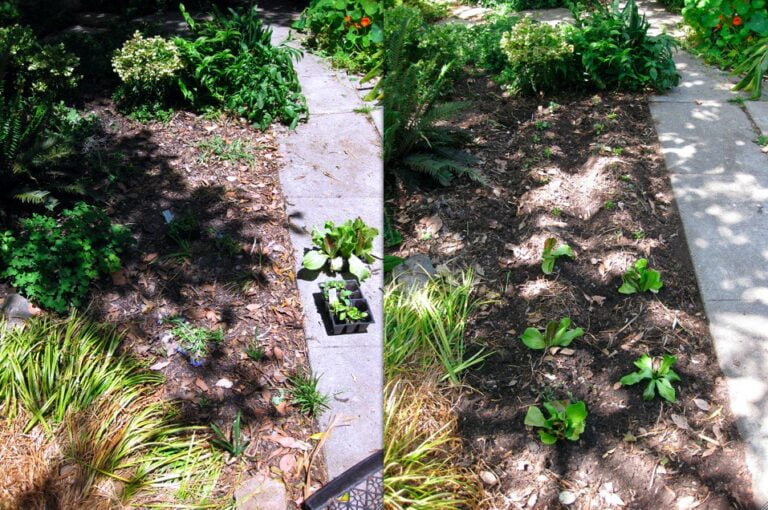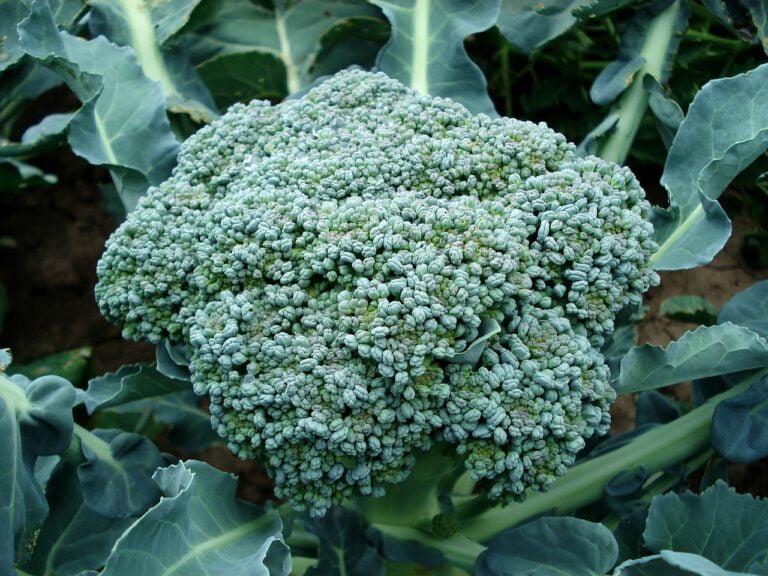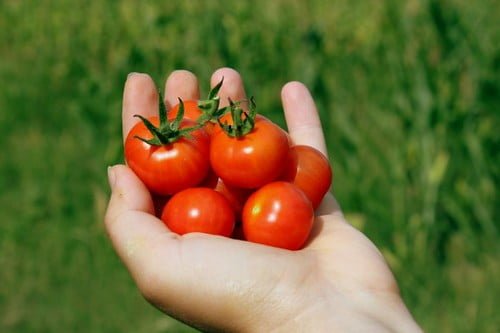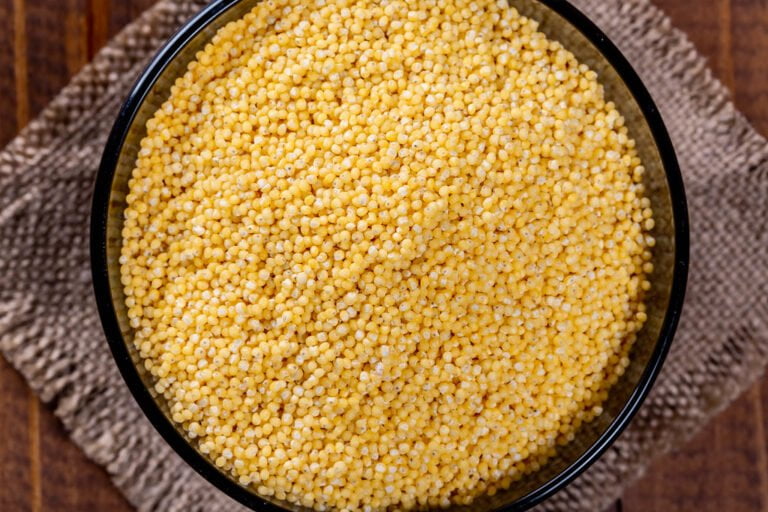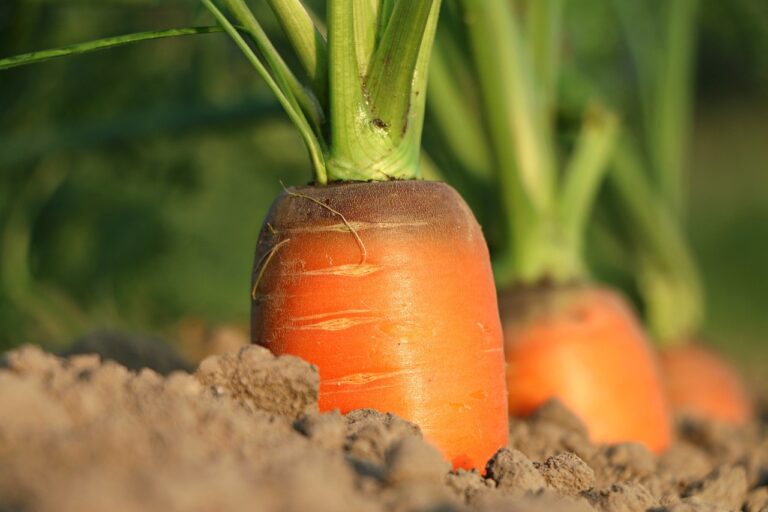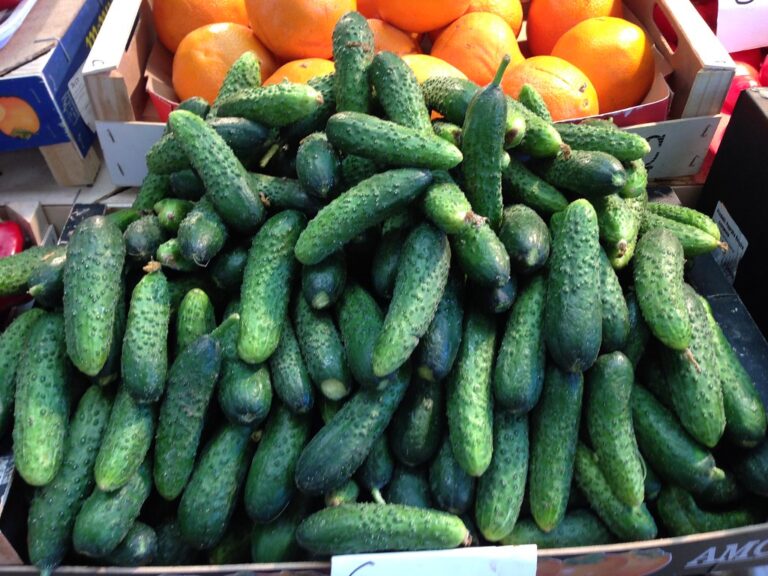Choosing the Right Fertilizer for Your Pepper Plants
When nourishing pepper plants, focus on nitrogen, phosphorus, and potassium with a 5-10-10 ratio. Check for deficiencies like yellowing leaves and blossom end rot. Combat shortages with targeted fertilizers containing lacking nutrients. Opt for organic fertilizers to sustain soil health or synthetic for quick results, but blend both responsibly. Apply granular fertilizer pre-planting and liquid at the base, while mulching aids moisture retention and nutrients. For robust growth, incorporate micronutrients like calcium and magnesium. Keep learning to maximize pepper growth potential and address specific plant needs effectively.
Key Nutrients for Pepper Plants
Highlighting the essential nutrients for ideal growth and fruit production in pepper plants is necessary for successful cultivation. Pepper plants, like any other plant, require specific nutrients to thrive. Among these, nitrogen, phosphorus, and potassium play key roles in the development and productivity of peppers. Nitrogen is vital for promoting lush leafy growth, phosphorus aids in energy transfer processes within the plant, and potassium facilitates the movement of nutrients throughout the plant.
To guarantee a balanced nutrient intake, the recommended N-P-K ratio for pepper plants is typically 5-10-10. This ratio provides adequate levels of nitrogen, phosphorus, and potassium to support the plant’s overall health and fruit production. However, it’s important to keep in mind that plants also require micronutrients such as calcium and magnesium for ideal growth. These micronutrients address secondary nutrient needs and help prevent deficiencies that can hinder plant development.
Testing the soil pH is a valuable practice that can help determine specific nutrient deficiencies in the soil. By understanding the soil’s pH levels, one can make informed decisions about the type and quantity of fertilizers needed to provide the necessary nutrients for pepper plants. Incorporating fertilizers rich in micronutrients alongside the primary N-P-K nutrients ensures that pepper plants receive thorough nutrition for healthy growth and abundant fruit production.
Nutrient Deficiencies and Solutions
Nutrient deficiencies in pepper plants can greatly affect their growth and productivity, requiring timely identification and targeted solutions for optimal plant health. Common deficiencies include nitrogen, phosphorus, potassium, calcium, and magnesium. Recognizing the symptoms of these deficiencies is essential for effective management.
Nitrogen deficiency is often indicated by yellowing leaves and stunted growth in pepper plants. To address this, applying a nitrogen-rich fertilizer can help restore the plant’s vigor and green coloration. Phosphorus deficiency, on the other hand, may manifest as dark green or purple leaves and can hinder proper fruit development. Using a fertilizer with a higher phosphorus content can aid in rectifying this issue.
Calcium deficiency is known to cause blossom end rot in peppers, leading to reduced fruit quality and growth. Adding a calcium supplement or using a fertilizer with calcium can mitigate this concern. Additionally, magnesium deficiency can result in yellowing leaves with green veins, negatively impacting overall plant health and productivity. Incorporating a magnesium-rich fertilizer can assist in restoring the plant’s magnesium levels and promoting healthy growth.
Organic Vs. Synthetic Fertilizers
When choosing between organic and synthetic fertilizers for your pepper plants, consider their unique characteristics and how they align with your gardening goals and values. Organic fertilizers, such as those derived from compost, manure, and bone meal, contribute to soil health and promote beneficial microbial activity. These fertilizers release nutrients slowly over time, reducing the risk of nutrient leaching and minimizing environmental impact. On the other hand, synthetic fertilizers are chemically formulated to provide specific nutrients to plants promptly, offering quick and targeted results. While synthetic fertilizers can deliver nutrients rapidly, overuse may lead to soil degradation and water pollution.
In sustainable gardening practices, organic fertilizers are often favored due to their ability to enrich soil health and microbial diversity. They support long-term plant growth by promoting a balanced nutrient release. Conversely, synthetic fertilizers provide convenience and precise nutrient delivery, promoting quick plant growth when immediate results are desired. Striking a balance between the two types of fertilizers to optimize plant health while minimizing environmental repercussions is crucial. By understanding the benefits and drawbacks of organic and synthetic fertilizers, you can make an informed decision that aligns with your gardening principles and goals.
Fertilizer Application Techniques
To optimize the effectiveness of fertilizers, strategic application techniques play a pivotal role in maximizing nutrient uptake for pepper plants. When incorporating granular fertilizer, make sure it is mixed into the soil before transplanting or planting pepper seedlings. This method allows for the best availability of nutrients as the plants grow. Liquid fertilizer should be applied by diluting it as per the instructions and then watering around the base of the pepper plants. This guarantees that the fertilizer is properly absorbed, providing the plants with the necessary nutrients for healthy development.
Mulching around pepper plants serves multiple purposes. It helps retain soil moisture, suppress weeds, and as the mulch breaks down, it provides additional nutrients to the plants. Tilling the mulch into the soil after the growing season can help replenish nutrients and improve the soil structure for future plant growth.
Timing is critical when fertilizing with phosphorus, potassium, nitrogen, and Epsom salt before planting peppers. These nutrients set the stage for healthy growth and development. By incorporating these techniques into your fertilizer application routine, you can make sure that your pepper plants receive the nutrients they need for excellent health and productivity.
Maximizing Pepper Plant Growth
Boosting the vigor of pepper plants requires a comprehensive approach to cultivation techniques and fertilization methods. To achieve healthy pepper plant growth, it is essential to provide the best fertilizer for their needs. Pepper plants require a balanced blend with the main three nutrients – nitrogen, phosphorus, and potassium. A ratio of 5-10-10 is recommended to promote robust growth. Additionally, incorporating micronutrients like calcium and magnesium into the fertilizer mix improves overall plant development.
When fertilizing pepper plants, timing is key. Applying fertilizer before planting peppers and adjusting nitrogen levels during different growth stages are vital practices. Mulching around pepper plants can also contribute greatly to maximizing growth. Mulch helps retain soil moisture, suppress weeds, and provide necessary nutrients to the plants. After the growing season, tilling the mulch back into the soil replenishes nutrients, preparing the ground for future healthy plants.
For hot pepper varieties, using compost tea as a fertilizer can be particularly advantageous. This organic solution provides a nutrient-rich boost that supports strong and healthy pepper plant growth. By following these strategies and providing the right nutrients at the right times, you can guarantee your pepper plants thrive and produce abundantly.

